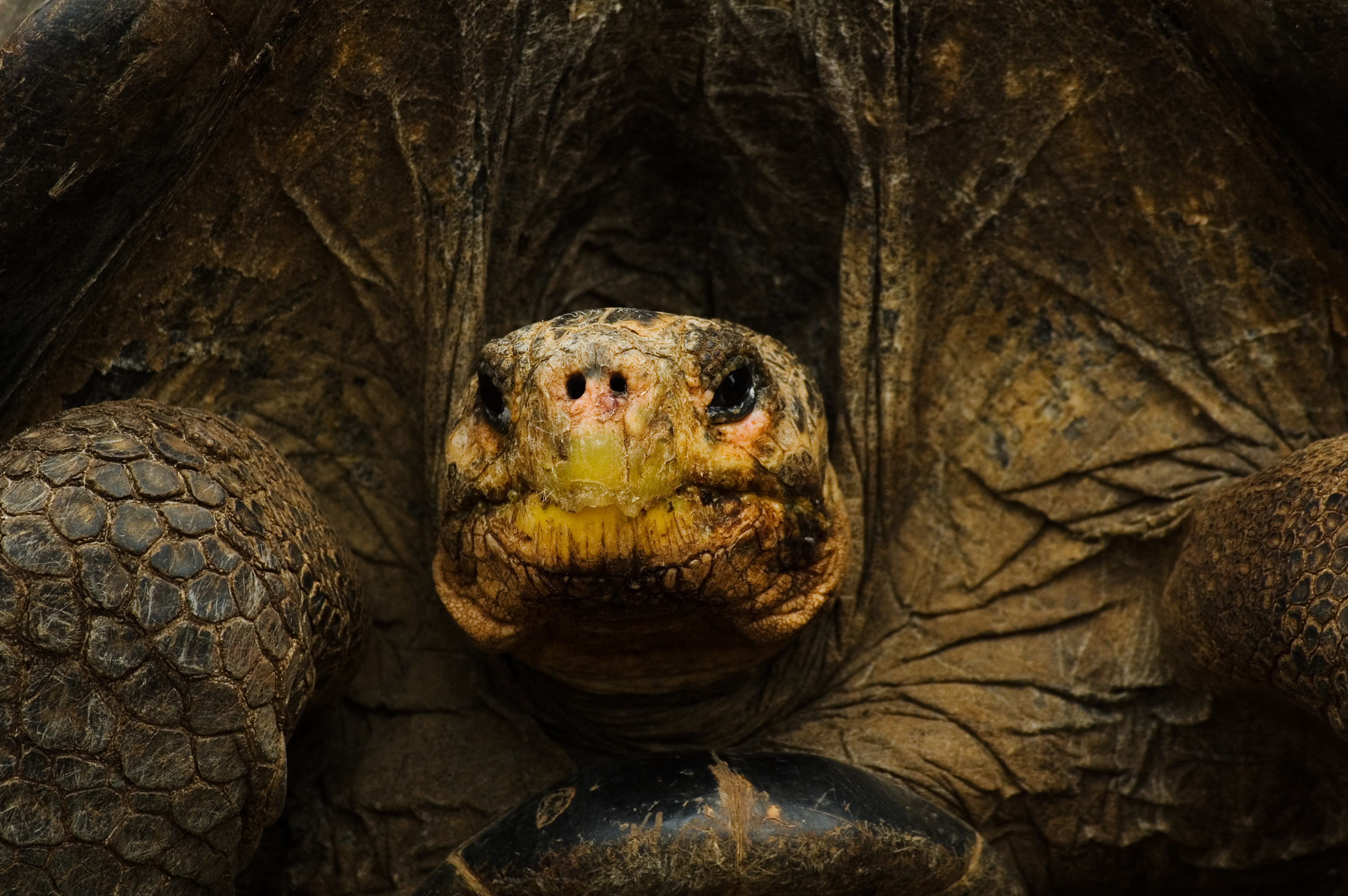
Image Credit: Magnus Manske (Flickr)
Recent advances in genetic data analysis continue to provide the ability to reveal some amazingly detailed (and previously unattainable) information about species’ evolutionary history. In this recent study from Molecular Ecology, Dr. Ryan Garrick and colleagues use a variety of genetic data taken from Galápagos tortoises in combination with approximate Bayesian computation (ABC) analyses to document lineage fusion, a traditionally-neglected explanation for radiations in island species.
Yet the importance of fusion events in evolutionary radiations is likely underestimated because incipient lineages tend to fuse so rapidly that the underlying processes are seldom caught in the act, and so empirical evidence appears sparse (Fitzpatrick et al. 2009).
Galápagos giant tortoises provide a particularly interesting example by providing a valuable complement to the extensively documented radiations of Darwin’s finches. Now both enigmatic groups show evidence for reticulate evolutionary histories.
We suggest that, as for Darwin’s finches (Grant et al. 2005), hybridization among Galápagos giant tortoises has been a recurrent feature of their adaptive radiation.
Fitzpatrick B.M., D Kevin Kump, H Bradley Shaffer, Jeramiah J Smith & S Randal Voss (2009). Rapid fixation of non-native alleles revealed by genome-wide SNP analysis of hybrid tiger salamanders, BMC Evolutionary Biology, 9 (1) 176. DOI: http://dx.doi.org/10.1186/1471-2148-9-176
Garrick R.C., Michael A. Russello, Chaz Hyseni, Danielle L. Edwards, James P. Gibbs, Washington Tapia, Claudio Ciofi & Adalgisa Caccone (2014). Lineage fusion in Galápagos giant tortoises, Molecular Ecology, 23 (21) 5276-5290. DOI: http://dx.doi.org/10.1111/mec.12919
Grant P., B. Rosemary Grant, & K. Petren (2005). Hybridization in the Recent Past, The American Naturalist, 166 (1) 56-67. DOI: http://dx.doi.org/10.1086/430331
